Critically Reading Place in YA Depictions of the Rural
We left because we felt like we needed to. Because it felt like there was nothing there for us. Because the world felt too small. Because getting out felt like the only way to be successful. But now, working in an urban-focused teacher preparation program, we feel out of place and long to go back. But going back isn’t possible right now for many of the same reasons we chose to leave, so we make do with what we have, visiting home as often as we can.
In our lives as rural-identifying teachers and researchers, we’ve wondered about the opportunities (non)rural young people and preservice teachers have to interact with various and nuanced representations of rural identity in young adult literature. We’re also curious about how rural readers seek out or take up those representations because Chea has a hard time remembering reading any books featuring the rural and wanting to, and Vickie never really felt the need to. It’s these questions and experiences that have led us to consider how teachers might approach engaging their students in critical discussions around place in YAL.
Rurality and YAL
However, it seems that depictions of the rural in YAL are somewhat hard to come by. A quick Google search for “top urban YA books” turns out several curated lists featuring popular and critically acclaimed YA fiction. However, the search for “top rural YA books” yields far fewer results. Though there are representations of the rural in YAL, there aren’t that many. And those that are available can reflect distorted and stereotyped representations, that - like all texts - should be read critically.
Rural YA in Unexpected Places
| Miseducation of Cameron Post
| Shout
|
Critically Reading Place in YAL
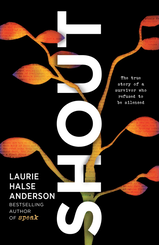
Laurie Halse Anderson describes Shout as “the story of a girl who lost her voice and wrote herself a new one” (p. 1). Through fiery verse, Anderson explores all the “accidents, serendipities, bloodlines, tidal waves, sunrises, disasters, passport stamps, criminals, cafeterias, nightmares, fever dreams, readers, portents, and whispers” (p. 1) surrounding the rape she survived as a teenager. Much of the book focuses on the rape itself and the process she undertook to heal and advocate for survivors of sexual assault. Part of that story involves her identity as a “country mouse” (p.19). Her inclusion and representation of the rural is nuanced, evoking the complicated positive and negative aspects associated with rural living and identity. The rural is positioned as a place of connection and healing as well as a place that is suffocating and boring. The closeness of community and reliance on one another are at once represented as supportive and stifling. Considering how Anderson both constructs and critiques the rural aspects of her identity can help readers from all geographical walks of life think about and question how place works to position people in society.
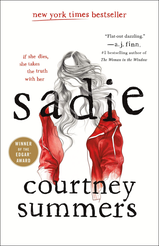
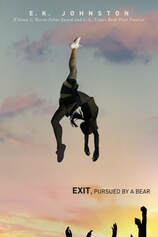
- How is (rural) place functioning in the book?
- How are rural people, space, communities depicted in the text?
- How does it impact your understanding of what rural is?
- How does it impact your understanding of the themes in text?
- What (dis)connections do you share with the characters’ experiences?
- How do these depictions of (rural) places help us think about how society and identities are constructed?
- What can we do with this new knowledge?
Moving Forward
[email protected]
[email protected]
Additional Books
- All the Bright Places by Jennifer Niven
- The Hired Girl by Laura Amy Schlitz
- Orbiting Jupiter by Gary D. Schmidt
- The Female of the Species by Mindy McGinnis
- Rani Patel in Full Effect by Sonia Patel
- Crossing Ebenezer Creek by Tonya Bolden
- The Pearl Thief by Elizabeth Wein
- Sawkill Girls by Claire Legrand
- Puddin’ by Julie Murphy
- Ramona Blue by Julie Murphy
- Murder on the Red River by Marcie R. Rendon
- Girl Gone Missing by Marcie R. Rendon
- The Mosaic by Nina Berkhout
- The Smell of Other People’s Houses by Bonnie-Sue Hitchcock
References
Azano, A. P. (2014). Rural. The other neglected “R”: Making space for place in school libraries. Knowledge Quest, 43(1), 61-65.
Summers, C. (2018). Sadie. New York, NY: St. Martin’s Press.
Webb-Sunderhaus, S. (2016). Keep the Appalachian, drop the redneck”: Tellable student narratives of Appalachian identity. College English, 79(1), 11-33.
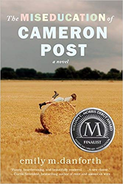
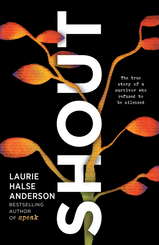

 RSS Feed
RSS Feed